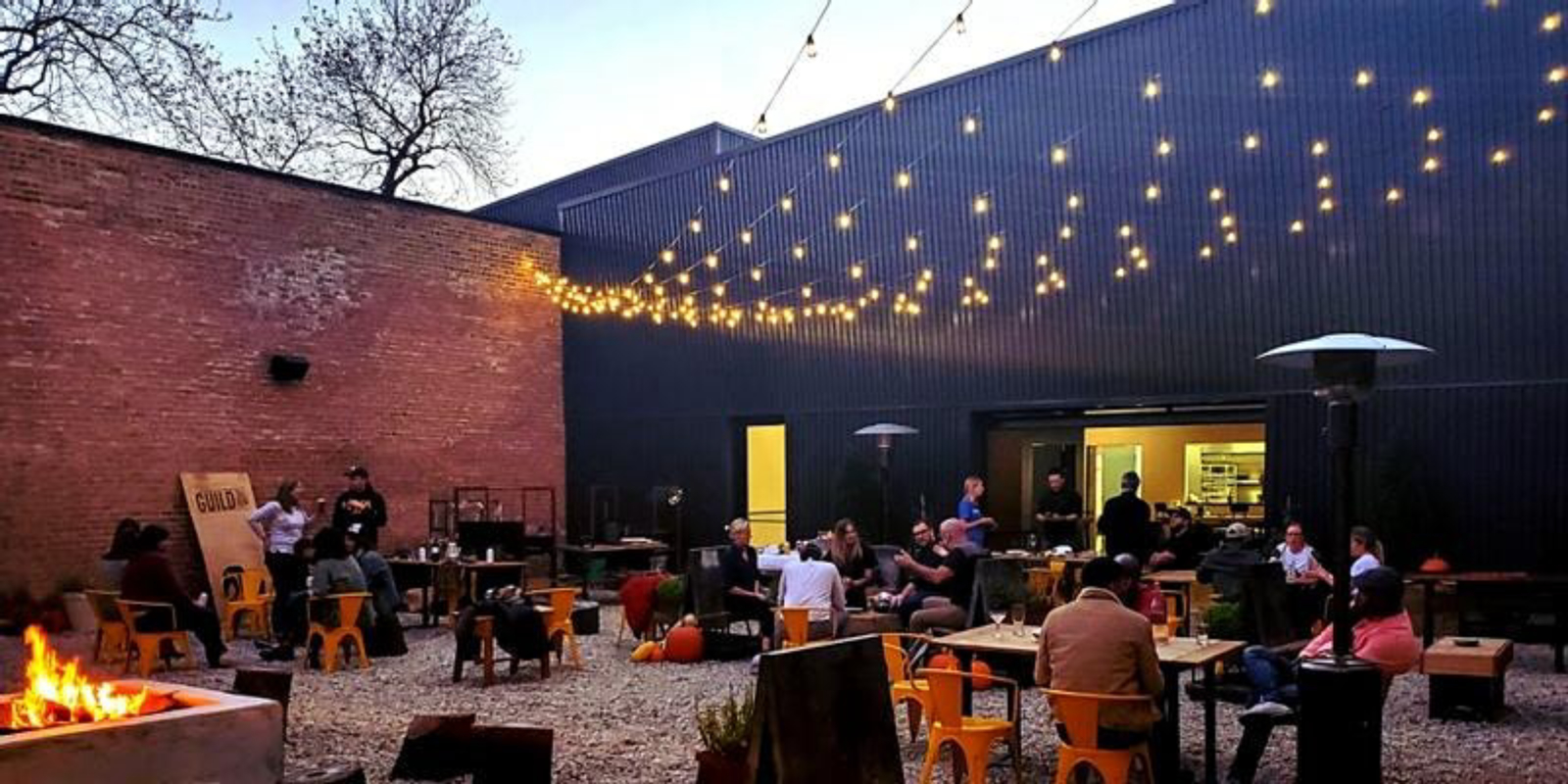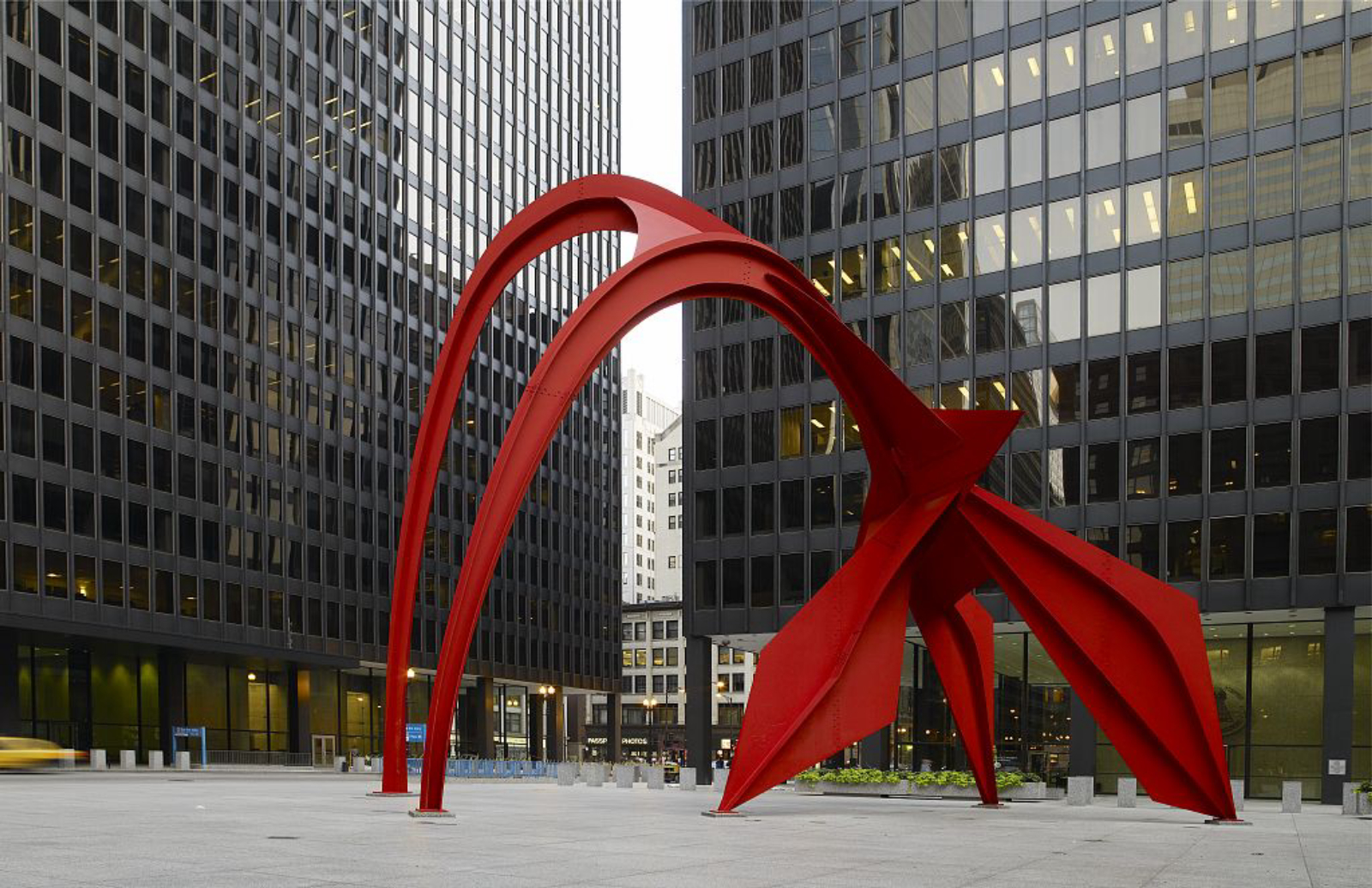To ensure that its rich architectural legacy is preserved for generations to come, °®¶¹app/Chicago raises the awareness and appreciation of modern architecture in the Chicago metropolitan region through lectures, meetings, walking tours and site visits.
After the Great Chicago Fire of 1871 and a recent population boom, architects like Frank Lloyd Wright, William LeBaron Jenny, Daniel Burnham, John Wellborn Root and Louis Sullivan flocked to Chicago to help rebuild the decimated city. The high-rise buildings and Prairie motifs that rose from the ashes redefined the architecture of the late 19th and early 20th century. They shed classical forms and heavy ornamentation in favor of structural expression. This spirit of innovation was tempered by the onset of the Great Depression and World War II, which brought a virtual halt to new construction.
After World War II, Chicago once again established its commitment to architectural innovation. With the arrival of Mies van der Rohe from the Bauhaus in Germany to lead the newly formed architecture school at the Illinois Institute of Technology in 1938, Chicago became a major center for post war modernism. Mies’ influence can be seen in work of a whole generation of modern architects. His pared down aesthetic of "less is more" became the definitive catchphrase for architecture of the mid-century. In the ensuing decades, Chicago-based Skidmore, Owings & Merrill became one of the most influential architectural firms in the nation, helping to define the look of modern corporate architecture.





















